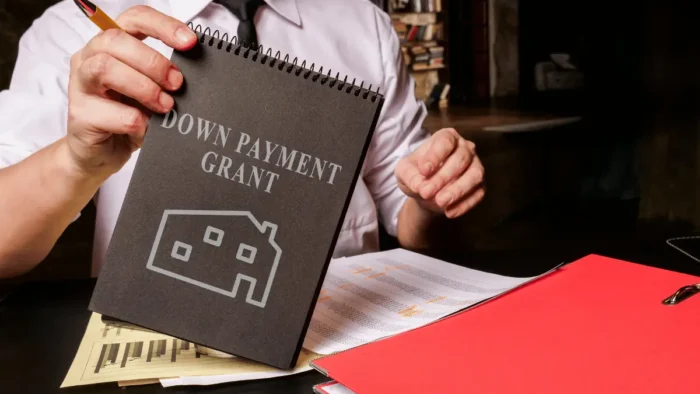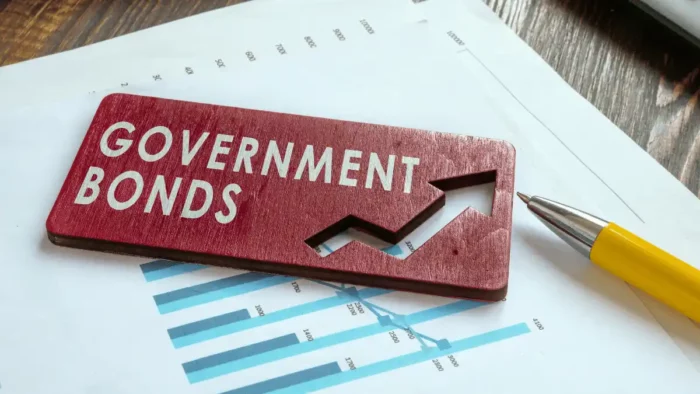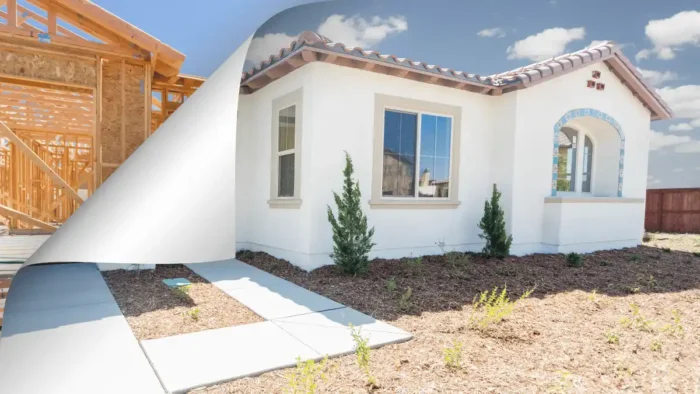Leaping into real estate investment can be an exhilarating venture, but it’s not without its financial intricacies, as down payments are crucial. While homebuyers often aim for conventional 20% down payments, investment properties demand a different approach.
In this guide, we’ll walk you through everything you need to know about down payments for investment properties, including the different types of properties, their financing options, and strategies to maximize your investment potential.
What is a Down Payment, and Why Does It Matter?
A down payment is an initial upfront payment made when something is bought on credit. For investment properties, this sum is your stake in the purchase and plays an important role in determining your mortgage terms and overall investment return. The concept is simple — the more you can put down from your funds, the less you need to borrow, and consequently, the less you’ll pay in interest over time. However, when it comes to investment properties, mortgage options can vary greatly, as can the minimum down payment required.
You may aim for a low down payment on an investment property with an FHA loan, but bear in mind it comes with certain requirements and restrictions that differ from a conventional mortgage. Therefore, it’s essential to understand how down payments are determined for different types of investment properties.
Different Property Types, Different Financing Options
The type of investment property you choose will influence your financing options and, by extension, your down payment strategy. Residential properties are often easier to finance due to their lower risk profile. Here, you can explore traditional mortgages or consider specialized products like the HomeReady or Home Possible loans, which offer low down payment options for investors.
On the other hand, commercial properties may require larger down payments, upwards of 30% or even more. Their higher risk is reflected in the loan terms, which could include shorter amortization periods and higher interest rates. Remember, the key to securing the best financing is to present a solid business plan, which often begins with your down payment strategy.
Crafting Your Down Payment Strategy
One-size-fits-all strategies don’t work in the complex world of real estate investment. Crafting your strategy requires a deep understanding of your financial capabilities, your risk appetite, and your investment goals. Consider your liquidity — while you might be eager to invest, depleting your entire savings for a down payment might leave you vulnerable to unexpected costs and limit your subsequent investment opportunities.
Some investors opt for creative financing options, such as a home equity line of credit (HELOC) on an existing property. This can be used to secure the down payment for a new investment; however, it’s not without risks. Balancing leveraging with financial safety nets is crucial. Additionally, exploring partnerships or securing funds from private investors could be viable alternatives to a hefty upfront payment and can diversify your investment portfolio.

The Impact of Down Payments on Cash Flow and ROI
One of the objectives of a strategic down payment is to optimize your property’s cash flow—a critical metric for any real estate investment. A larger down payment can significantly reduce your monthly mortgage payments, affecting your property’s operational expenses and your monthly cash flow. However, a higher down payment can also mean tying up more of your capital. This has implications for your return on investment (ROI), which measures how profitable your investment is relative to its cost. Balancing an optimal down payment with your desired ROI is a delicate calculation.
Navigating Market Conditions and Investment Cycles
Market conditions and investment cycles heavily influence real estate investment. During a buyer’s market, when prices are low and inventory is high, you may have more negotiation leverage and less stress on the financial outlay required. Conversely, a seller’s market, characterized by rising prices and limited inventory, may necessitate a larger down payment to secure a property. Navigating these cycles requires constant market monitoring and the agility to adjust your investment strategy accordingly.
Pitfalls to Avoid and Pro Tips to Consider
There are several pitfalls to be wary of regarding down payments for investment properties. Avoid overleveraging, as tempting as it may be to use OPM (Other People’s Money), it could lead to financial strain if market conditions change or if your property does not perform as expected. Additionally, avoid creative financing that stretches your resources too thinly or is based on overly optimistic ROI projections. On the flip side, here are some pro tips to consider.
Real estate investment is a dynamic and potentially lucrative field that requires careful planning and decision-making. Whether you’re a seasoned real estate mogul or a newcomer to the game, the right approach to down payments can unlock the doors to a world of investment possibilities.





